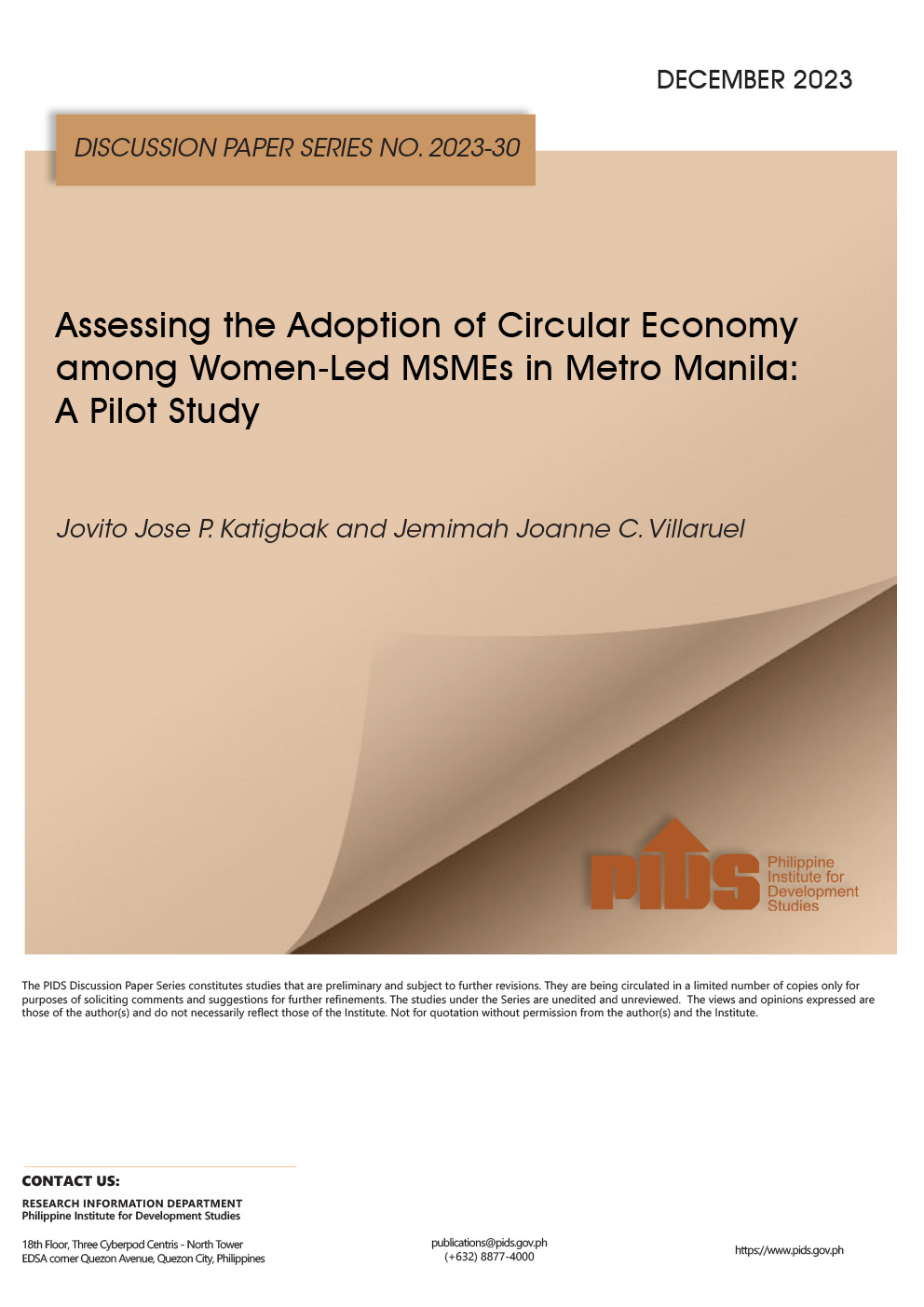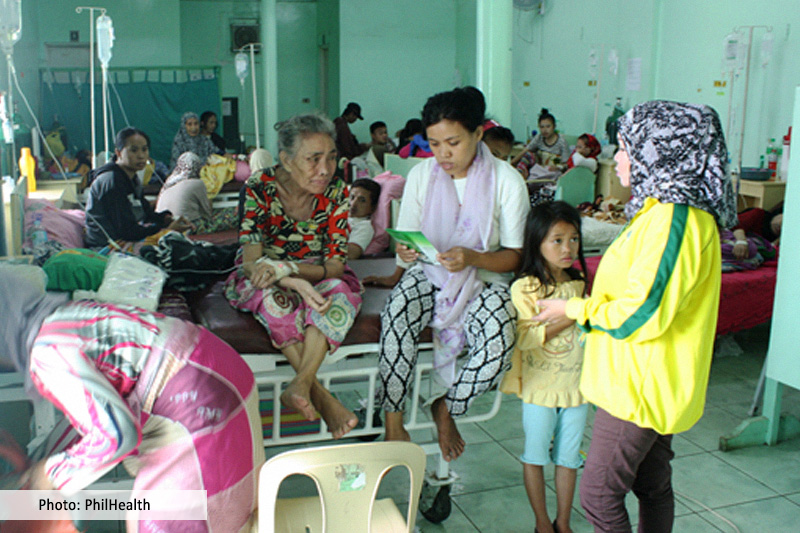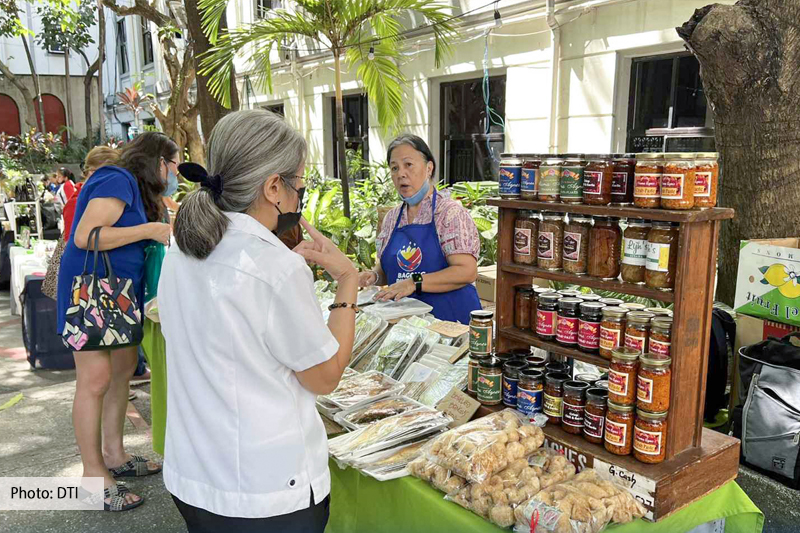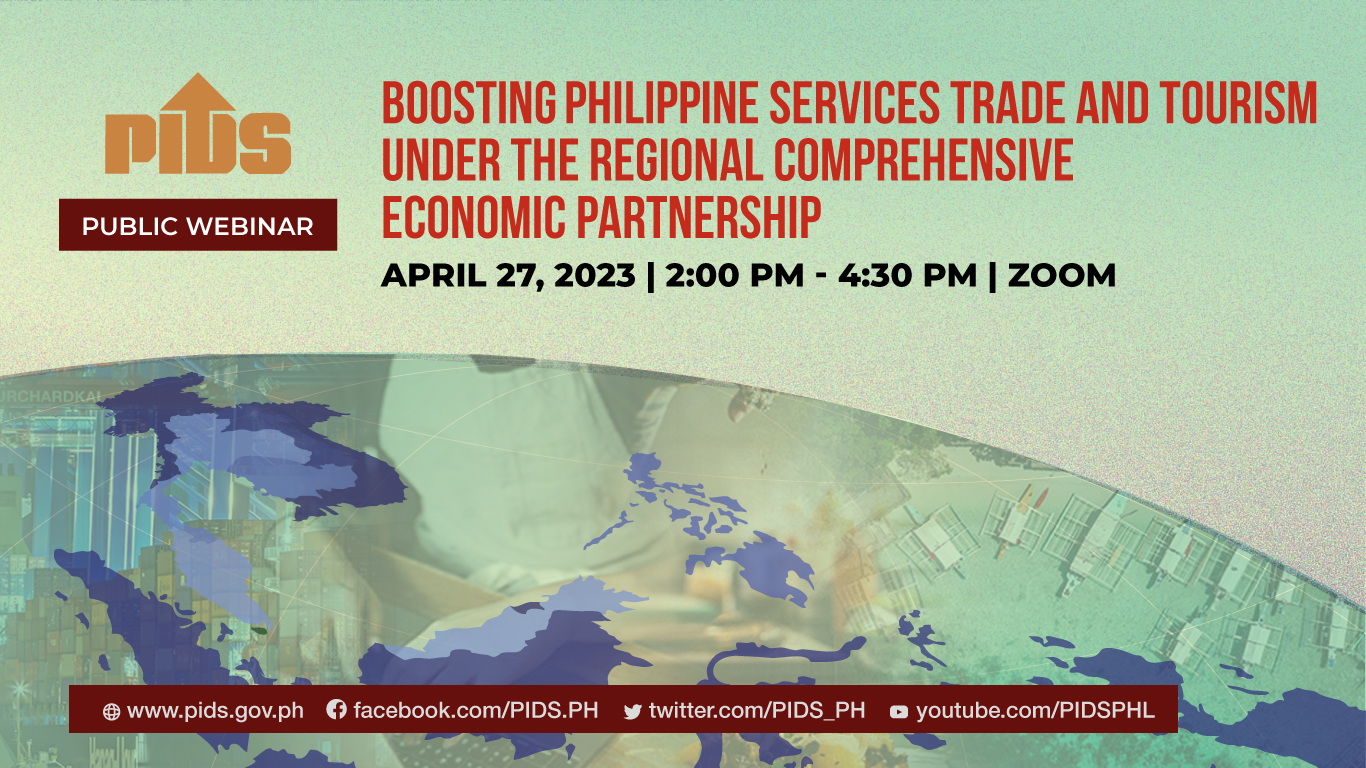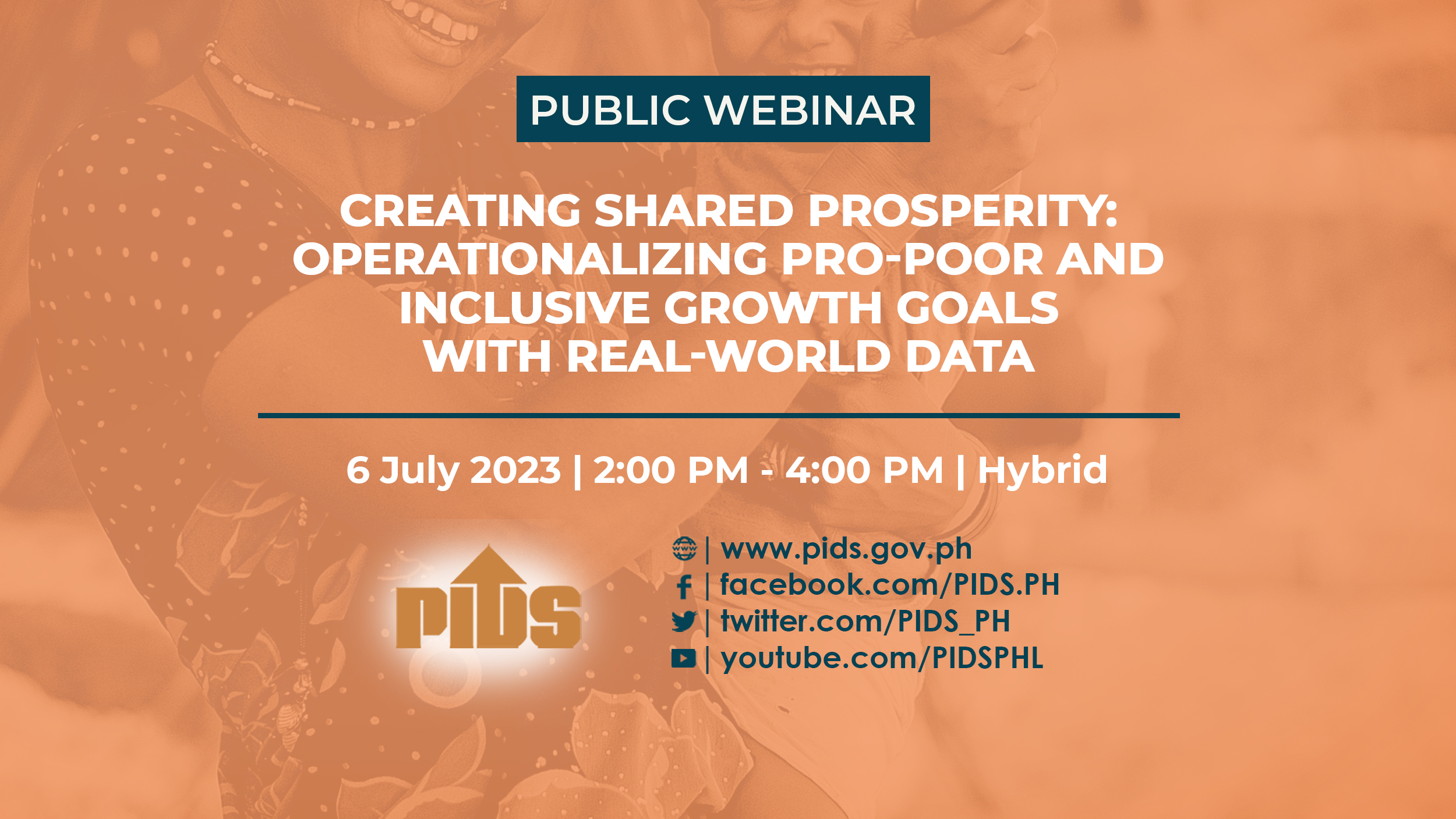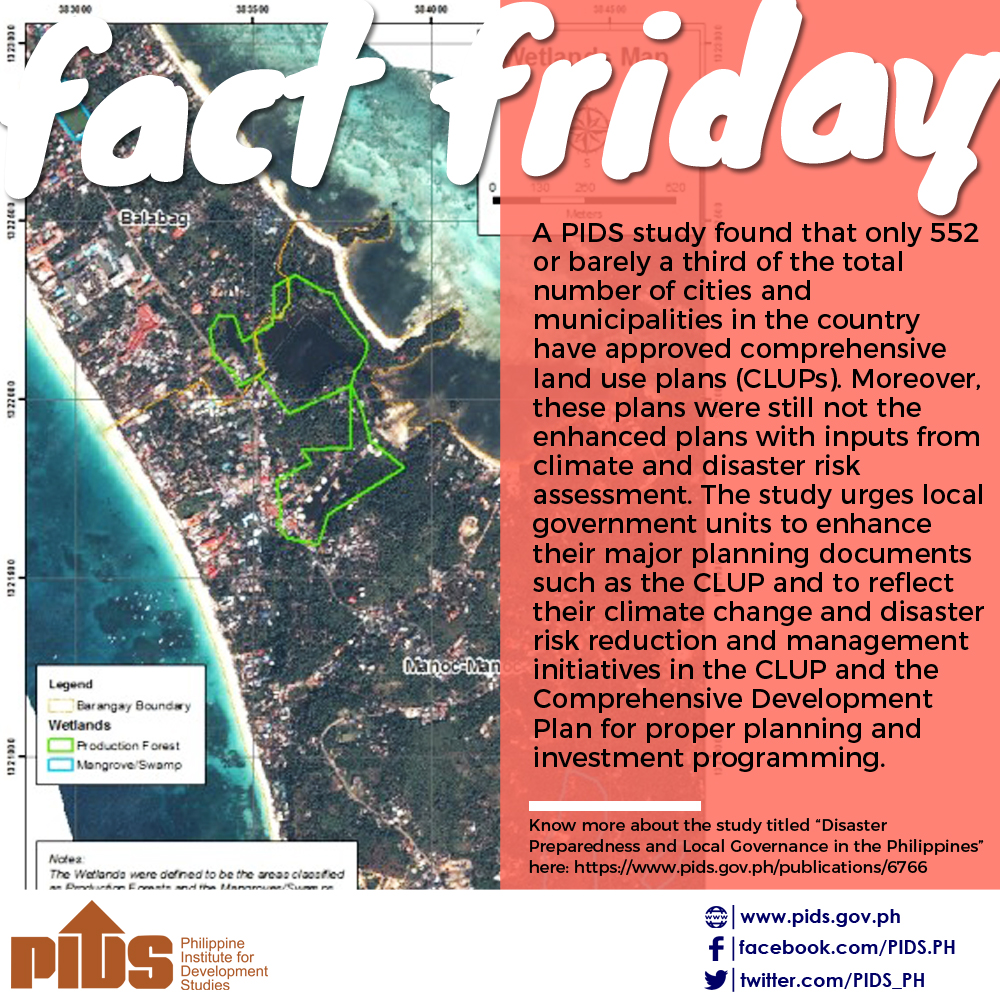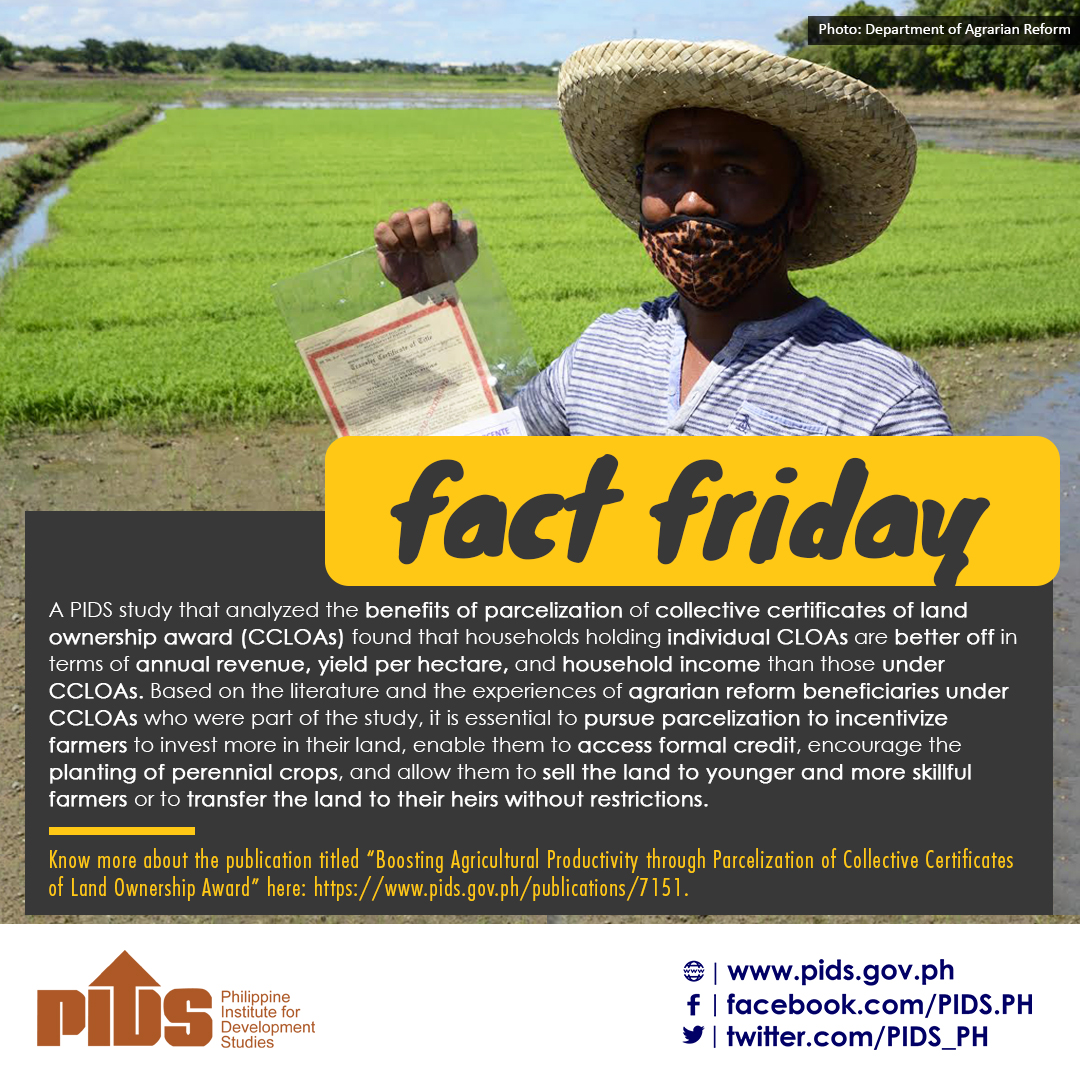THE National Economic and Development Authority (NEDA) is currently revising the government’s medium-term development targets under the Philippine Development Plan (PDP) 2017-2022 due to the impact of the coronavirus disease 2019 (COVID-19) pandemic.
In a Viber message last week, NEDA Undersecretary Rosemarie G. Edillon said revisions to the economic and development goals are “still under discussion.”
The NEDA is updating the government’s medium-term economic development blueprint to include the “new normal,” and consider the impact of COVID-19 pandemic on the economy.
The updated PDP will include a wider adoption of digitalization, more inclusive and job-generating programs and a better healthcare system.
NEDA Acting Secretary Karl Kendrick T. Chua said the government is still aiming to meet the goal of reducing poverty to 14% by 2022, despite the impact of the pandemic on the poor.
“We have brought down the poverty rate from 23.5% in 2015 to 16.7% in 2018, or lifting six million Filipinos from poverty four years ahead of the 2022 target. We will double our effort to meet this target with the recovery programs,” Mr. Chua said in a Viber message.
Under the PDP, the government is targeting to achieve the following by 2022: become an upper-middle income economy; a 7-8% annual growth rate; increase per capita income to $5,000 (from $3,850 in 2019); reduce the poverty rate to 14% (from 16.7% in 2018); keep the inflation rate within 2-4%; and lower the unemployment rate to 3-5% (from 17.7% as of April).
An Aug. 4 study by the state-run think tank Philippine Institute for Development Studies (PIDS) warned of the COVID-19 pandemic’s significant impact on the poor. Despite the cash aid program rolled out during the lockdown, PIDS said the pandemic will push 1.5 million Filipinos below the poverty line as the economic slowdown reduces their incomes.
PIDS said the goal to become a middle-class society will be affected if the country records lower growth rates as it recovers from the coronavirus crisis.
The government expects the economy to shrink by 4.5-6.6% this year, before bouncing back to 6.5-7.5% in 2021.
The country plunged into recession after gross domestic product contracted by 16.5% in the second quarter when the lockdown brought the economy to a near standstill.
In a Viber message last week, NEDA Undersecretary Rosemarie G. Edillon said revisions to the economic and development goals are “still under discussion.”
The NEDA is updating the government’s medium-term economic development blueprint to include the “new normal,” and consider the impact of COVID-19 pandemic on the economy.
The updated PDP will include a wider adoption of digitalization, more inclusive and job-generating programs and a better healthcare system.
NEDA Acting Secretary Karl Kendrick T. Chua said the government is still aiming to meet the goal of reducing poverty to 14% by 2022, despite the impact of the pandemic on the poor.
“We have brought down the poverty rate from 23.5% in 2015 to 16.7% in 2018, or lifting six million Filipinos from poverty four years ahead of the 2022 target. We will double our effort to meet this target with the recovery programs,” Mr. Chua said in a Viber message.
Under the PDP, the government is targeting to achieve the following by 2022: become an upper-middle income economy; a 7-8% annual growth rate; increase per capita income to $5,000 (from $3,850 in 2019); reduce the poverty rate to 14% (from 16.7% in 2018); keep the inflation rate within 2-4%; and lower the unemployment rate to 3-5% (from 17.7% as of April).
An Aug. 4 study by the state-run think tank Philippine Institute for Development Studies (PIDS) warned of the COVID-19 pandemic’s significant impact on the poor. Despite the cash aid program rolled out during the lockdown, PIDS said the pandemic will push 1.5 million Filipinos below the poverty line as the economic slowdown reduces their incomes.
PIDS said the goal to become a middle-class society will be affected if the country records lower growth rates as it recovers from the coronavirus crisis.
The government expects the economy to shrink by 4.5-6.6% this year, before bouncing back to 6.5-7.5% in 2021.
The country plunged into recession after gross domestic product contracted by 16.5% in the second quarter when the lockdown brought the economy to a near standstill.

